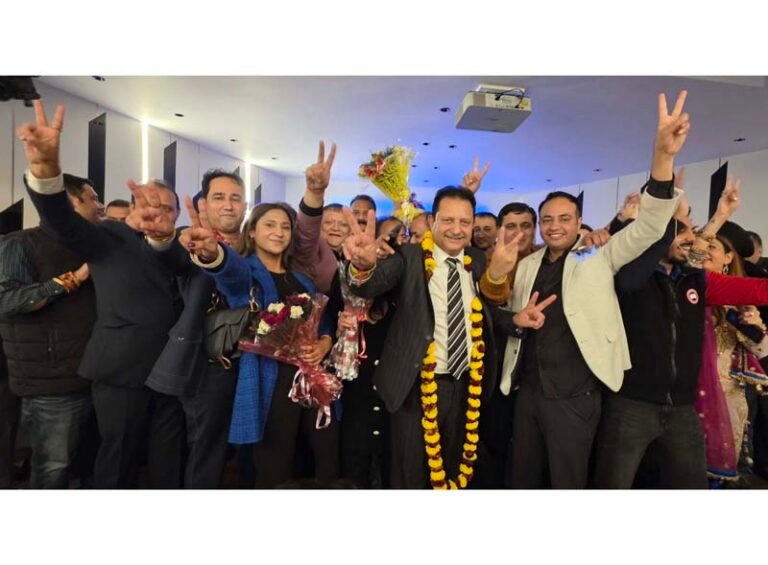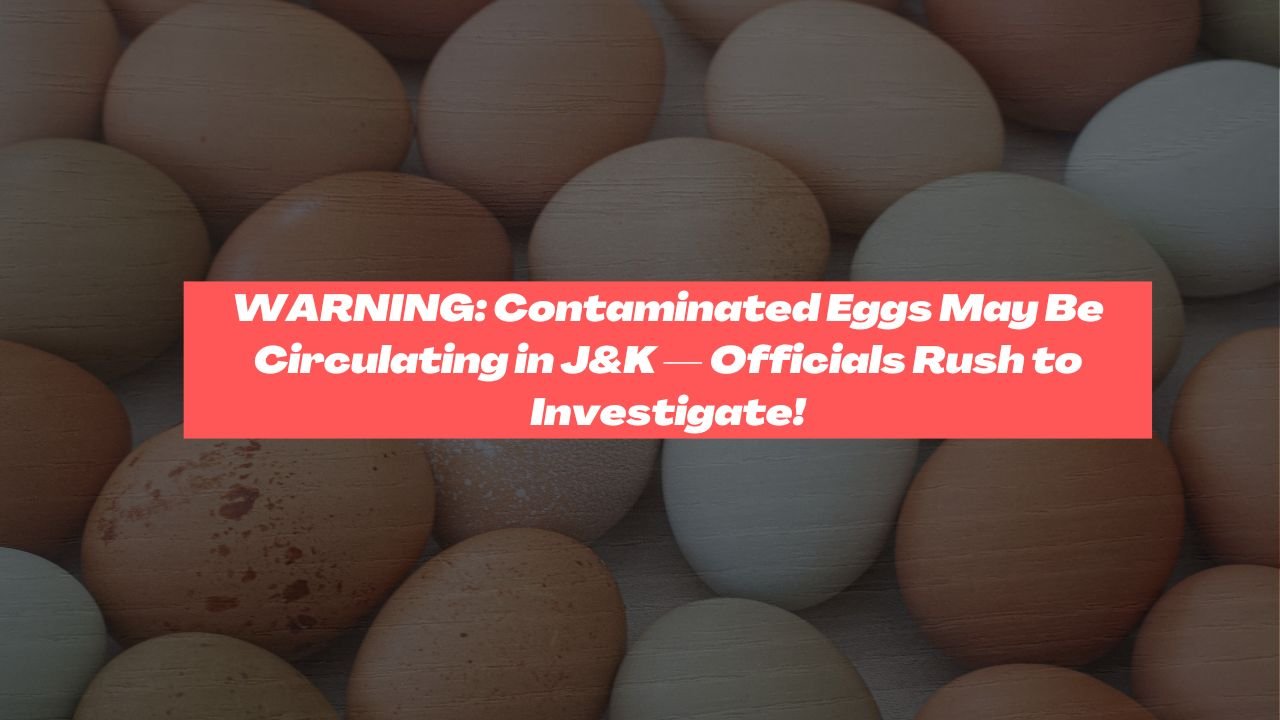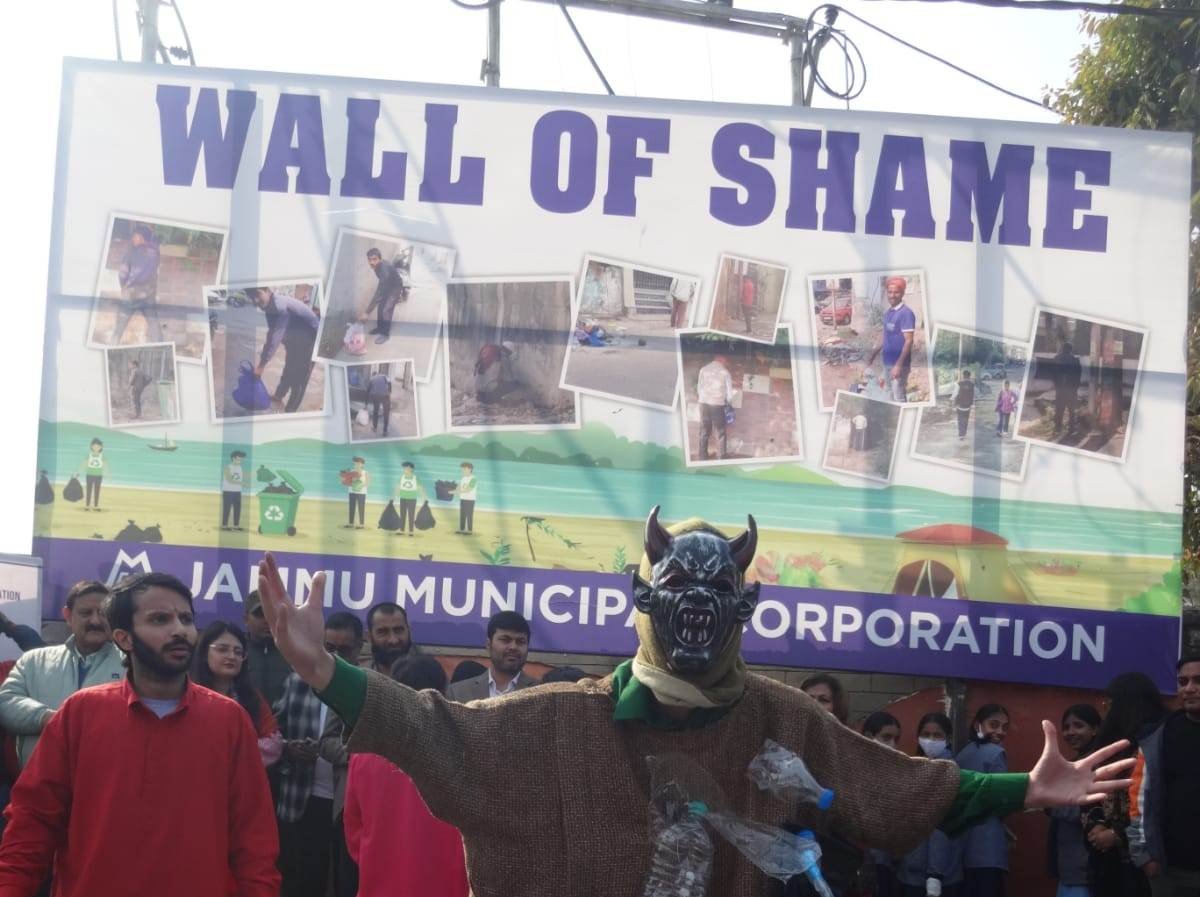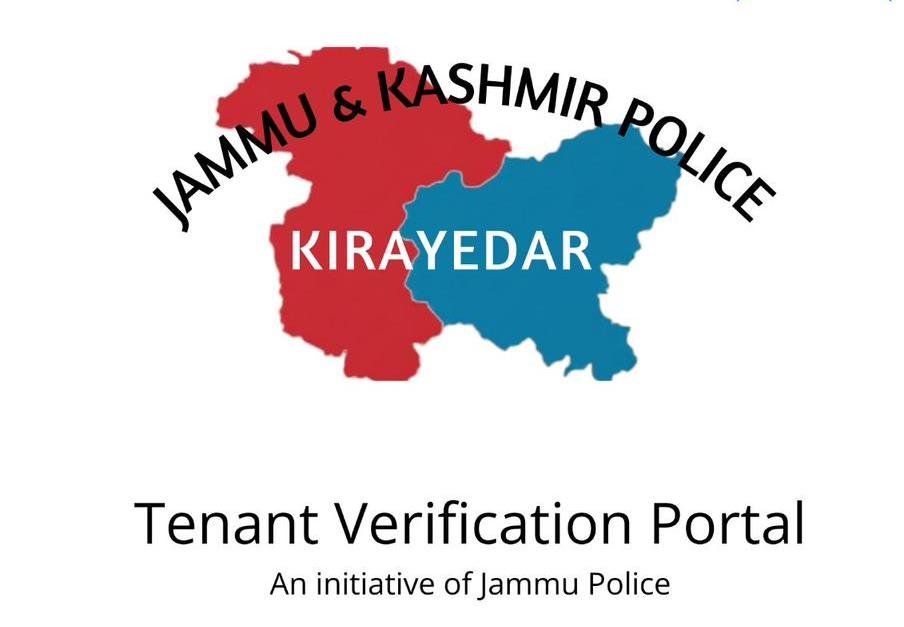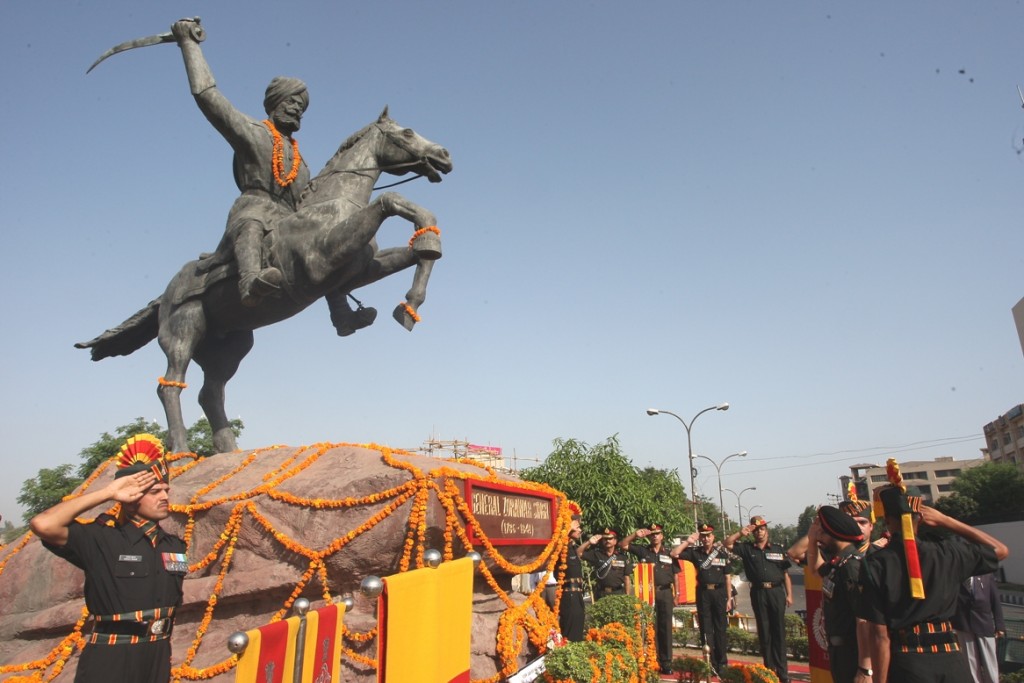In a major step towards responsive governance and humanitarian support, the Jammu district administration has taken a historic and commendable move by swiftly implementing the J&K Road Accident Victim Fund Rules, 2022. This breakthrough initiative has led to timely financial relief to families affected by tragic road accidents, transforming the way accident victim compensation is handled in the region.
A Model of Efficient Governance
Under the leadership of the Deputy Commissioner Jammu, and in close collaboration with the Regional Transport Officer (RTO) Jammu, Senior Superintendent of Police (Traffic) Jammu, and the Chief Medical Officer (CMO) Jammu, the district has delivered an exemplary model of fast-track relief that prioritizes victims’ dignity and their families’ immediate needs.
Quick Facts: What Has Been Achieved So Far?
- Total Amount Disbursed: ₹50,50,000
- Total Death Cases Settled: 47
- Compensation per Death Case: ₹1,00,000
- Injury Cases Settled: 10
- Injury Compensation Slabs:
- Severe Injuries: ₹75,000
- Moderate Injuries: ₹50,000
- Minor Injuries: ₹10,000
- Pending Cases: 12 death cases and 5 injury cases under active review
Understanding the J&K Road Accident Victim Fund Rules, 2022
Launched with the intent to provide immediate financial relief to road accident victims or their families, the J&K Road Accident Victim Fund Rules, 2022, is a comprehensive policy framework designed to institutionalize victim assistance across the Union Territory.
Key Objectives of the Policy
- Swift Compensation for victims or their legal heirs.
- Uniform Relief Standards regardless of income or background.
- Simplified Disbursement directly into bank accounts.
- Prompt Medical Aid via coordinated support from healthcare units.
- Transparency and Accountability across departments.
Why This Is a Game-Changer for Jammu & Kashmir
The significance of this initiative lies not just in the financial aid disbursed, but also in the system-level efficiency and compassion exhibited during implementation.
1. Timely Support That Saves Lives
Financial support during the aftermath of a road accident can mean the difference between life and death. In many cases, families are unable to afford emergency treatment or funeral expenses. By ensuring quick and direct transfers, the district administration has tackled this issue head-on.
2. Seamless Departmental Coordination
Such rapid implementation would not have been possible without the unprecedented coordination among the Transport, Police, and Health Departments. This shows what inter-departmental synergy can accomplish when led by a mission of public welfare.
3. Restoration of Trust in Governance
The public now sees the administration as a compassionate partner rather than a bureaucratic hurdle. This can dramatically change how people engage with governance, increasing both trust and compliance.
Voices from the Ground
Deputy Commissioner Jammu
“This initiative reflects our unwavering commitment to ensuring that no family is left helpless after a tragic road incident. We have shown that with the right intent, policies can deliver real impact.”
Transport Commissioner, J&K
“The success of this program underscores our vision of humane and responsive transport governance. It’s about ensuring victims aren’t abandoned in times of need.”
How Was the Compensation Process Carried Out?
Step 1: Reporting and Documentation
Upon the occurrence of a road accident, the police department files an FIR and collects the necessary documents (death/injury reports, identity proof, etc.).
Step 2: Medical Evaluation
The CMO’s office verifies the injury severity through hospital records and issues a certification required for compensation classification.
Step 3: Fund Application
The RTO forwards the verified cases to the Deputy Commissioner, who oversees and authorizes the fund disbursement.
Step 4: Direct Bank Transfer
Funds are transferred directly to the victims’ or legal heirs’ bank accounts using DBT (Direct Benefit Transfer) for full transparency.
Breakdown of Compensation: How It Helps
| Type of Victim | Compensation Amount | Purpose |
|---|---|---|
| Deceased (per case) | ₹1,00,000 | Funeral expenses, immediate family support |
| Severe Injury | ₹75,000 | Major surgeries, rehabilitation |
| Moderate Injury | ₹50,000 | Hospital stay, medication |
| Minor Injury | ₹10,000 | First aid, transport costs |
Pending Cases: What Lies Ahead
As of now, 12 more death cases and 5 injury cases are actively under review. These will be settled shortly, further demonstrating the administration’s zero-delay approach.
Lessons for Other Districts in J&K and India
This proactive relief model should not remain limited to Jammu. It offers replicable strategies for:
- Other districts in J&K
- States across India
- Central Road Safety Initiatives
Key Takeaways for Policy Makers:
- Use of DBT reduces corruption and ensures traceability.
- Inter-agency collaboration can fast-track aid.
- Transparent communication improves public faith.
- Victim-first approach strengthens disaster management.
The Human Side: Real Impact Stories
Case Study 1: A Family’s Lifeline
Ramesh Kumar, a daily wager, lost his life in a road accident near Akhnoor. Within two weeks, his wife received ₹1 lakh directly in her bank account. This helped cover funeral expenses and school fees for their two children.
Case Study 2: Recovering with Dignity
Sunita Devi, a pedestrian hit by a speeding car, suffered fractures requiring surgery. She received ₹75,000 which covered all her treatment and post-operative care.
Final Word: A New Chapter in Welfare-Oriented Governance
The successful disbursement of over ₹50 lakh to victims and their families is not just a statistic—it’s a testament to Jammu’s evolving governance model that places people first. In a country where red tape often delays justice, Jammu has emerged as a beacon of hope and compassion.
As more districts in Jammu & Kashmir and across India take note of this success, we move closer to building a system where government intervention is swift, sensitive, and sincerely supportive.




